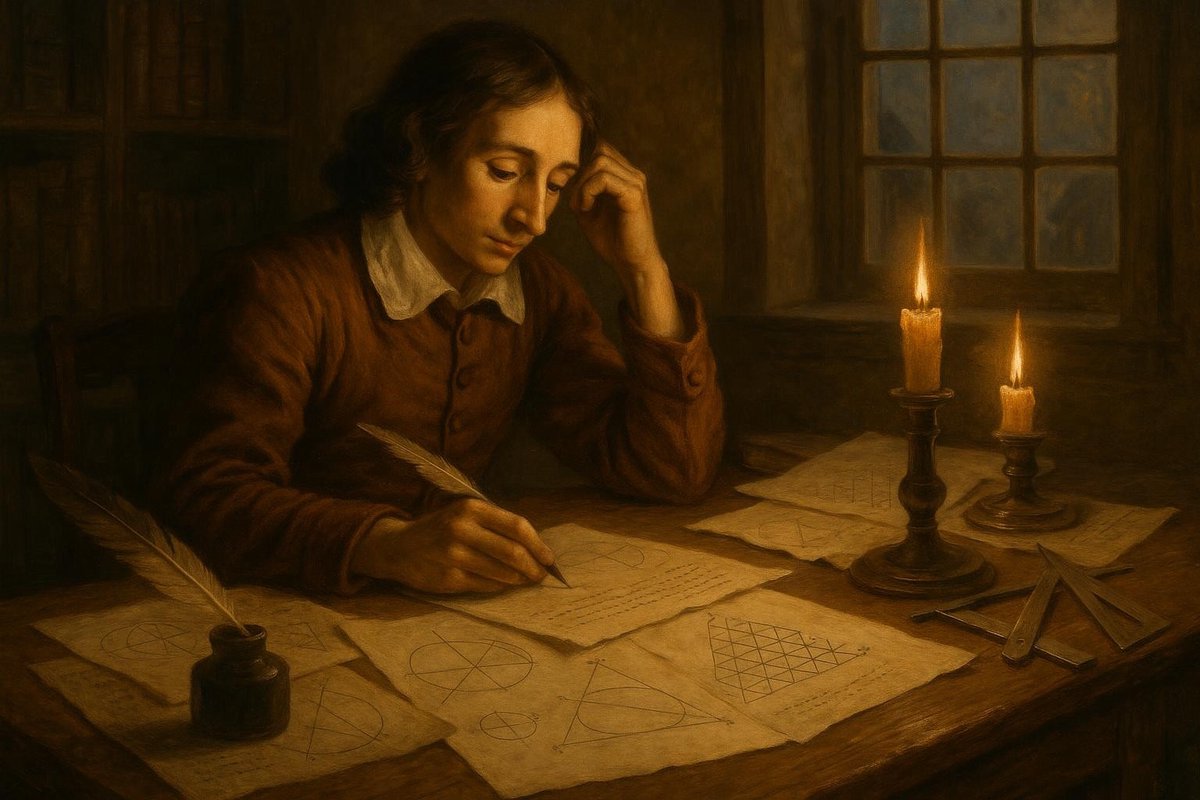
The Origin of Pascal’s Triangle: A Deceptively Simple Beginning
Imagine a world where mathematical ideas were yet to be discovered, where even the simplest patterns could lead to profound insights. In such a world, an innocent-looking question about numbers inspired the creation of what we now call Pascal’s Triangle.
- Consider the challenge: How many ways can you choose items from a set?
- The early mathematicians sought solutions to everyday problems, driving mathematical discovery.
- Pascal’s Triangle elegantly answers these combinatorial questions.
The idea behind Pascal’s Triangle was born in ancient China and India, where mathematicians first encountered problems of counting combinations. Over time, these problems morphed into deeper questions about the nature of numbers themselves. The spark of inspiration came from the simple act of choosing subsets of objects, leading to patterns we now recognize as rows in Pascal’s Triangle.
Key Figures: Blaise Pascal and His Predecessors
Blaise Pascal, a 17th-century French mathematician, may get the credit for the triangle’s name, but he was not the first to explore its properties. Interestingly, his work was built upon the foundations laid by mathematicians like Yang Hui in China and Omar Khayyam in Persia.
- Blaise Pascal applied the triangle to solve complex probability problems.
- His predecessors had already visualized the triangle’s numerical patterns.
- Pascal’s work popularized the triangle in Western mathematics.
Pascal connected the triangle’s properties to the practical world, including gambling odds, forever changing its perceived significance. This reflects a pivotal moment where mathematical curiosity met real-world application, showcasing how historical context allowed such knowledge to flourish and spread. Pascal’s work built bridges across different cultures’ mathematical achievements.
The Turning Point: Making the Invisible Visible
What changed from a simple puzzle to a landmark in mathematics? The answer lies in visualization. Pascal’s approach to arranging the numbers in a triangular format turned abstract ideas into something visually tangible.
- The triangle creates a symmetrical pattern, revealing inherent number relationships.
- This arrangement offered a systematic way to solve binomial expansions.
- It bridged algebra, combinatorics, and geometry.
By laying out numbers in a triangular fashion, Pascal provided an intuitive and visual method for anyone to grasp complex numerical concepts. This visualization was revolutionary, making the complexities of algebra feel as logical and elegant as a well-crafted story.
Impact on the World: Legacy of a Simple Idea
The impact of Pascal’s Triangle extends far beyond its initial problem. It has influenced fields from statistics to computer science, highlighting how a deceptively simple idea can have wide-ranging effects.
- The triangle aids in understanding probability distributions.
- It serves as a foundation for algorithm design in computer science.
- Its patterns are used in coding theory and error correction.
Pascal’s Triangle is a testament to the power of simplicity in mathematics. From classrooms across the globe to cutting-edge research, its influence is undeniable. It shows us that the pursuit of understanding, often sparked by simple questions, can transform how we view the world.
In conclusion, Pascal’s Triangle reminds us of the beauty and elegance underlying mathematics. Its legacy continues to inspire curiosity in those who dare to ask the simple questions that lead to profound discoveries.
Fuel Someone Else’s Curiosity
If you’ve enjoyed this exploration into the origins of Pascal’s Triangle, why not share it with a friend or colleague? Curiosity is contagious, and you might just spark a new fascination in someone else. Let’s keep the conversation going and uncover even more hidden gems in the world of mathematics together!

Leave a Reply